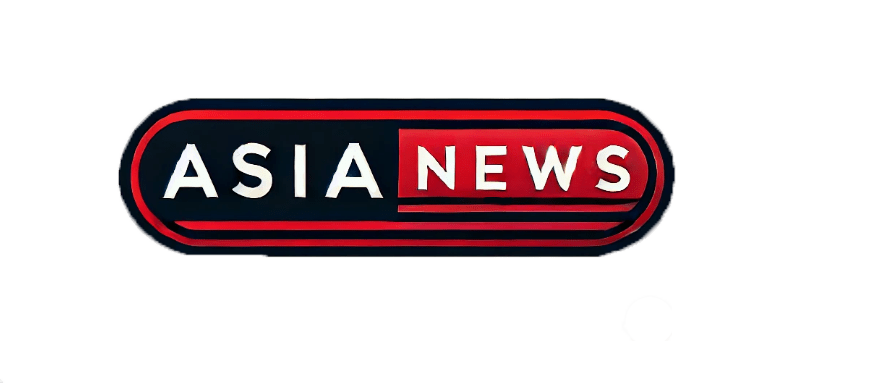A new overture during Asia visit
Donald Trump has publicly stated that he would like to meet North Korean leader Kim Jong Un during his upcoming visit to Asia, though no formal meeting has been scheduled yet. Speaking ahead of his departure for a multi-country tour—including stops in Malaysia, Japan and South Korea—Trump said: “I’d be open 100 percent. I get along very well with Kim Jong Un.”
Context: past diplomacy and current tensions
Trump and Kim met three times during Trump’s previous term as President, with summits in 2018 and 2019, but they failed to secure a major denuclearisation agreement. This time, the prospect of a meeting is being floated in the margins of the APEC 2025 Leaders’ Meeting which will be held in South Korea, but major diplomatic prerequisites have not yet been cleared.
What’s on the table—and what isn’t
While Trump’s comment signals flexibility, analysts caution that the meat of any meeting would centre on how to handle North Korea’s expanding missile and nuclear programmes. Recent missile tests by North Korea have heightened tensions ahead of the trip. However, there is no official agenda yet, no confirmation from Pyongyang and no detailed logistics. The meeting, if it happens, appears to be more of a possibility than a planned summit.
Regional reactions and stakes
South Korea’s government has encouraged the meeting, seeing it as a rare opportunity to break long-standing deadlock on the Korean Peninsula. For the U.S., a meeting could help reset stalled diplomacy; for North Korea, it offers potential relief from sanctions or diplomatic isolation—but both sides face big gaps in priorities and trust.
The agenda’s hurdles
- Causation and timeline: Previous talks faltered because North Korea sought broad sanctions relief; the U.S. insisted on clear steps toward denuclearisation.
- Verification and security: Any deal would still hinge on safeguards, inspection rights and regional alliances (South Korea, Japan, China).
- Messaging vs substance: Trump’s willingness is significant on the surface, but without preconditions and coordination, the meeting may serve more as a public photo-op than a policy breakthrough.
- Domestic politics: Trump faces pressure to deliver tangible outcomes; a meeting that yields nothing could invite criticism.
- North Korea’s strategy: Pyongyang has recently shown military provocations, which complicates trust.
What to watch in the coming days
- Whether any meeting is formally scheduled, and where it might take place.
- Whether North Korea issues a response or statement endorsing the prospect.
- Whether the White House, South Korea and other stakeholders coordinate logistics, pre-conditions and communication.
- The reaction of regional players—Japan, China and the Koreas—if a meeting occurs or collapses.
The takeaway
Trump’s openness to meeting Kim Jong Un during his Asia trip is a noteworthy diplomatic signal. But the gap between willingness and actual agreement remains wide. Unless both sides overcome longstanding barriers—and unless there is real groundwork laid—the outcome may fall short of a breakthrough.
Latest on Trump‑Kim meeting prospects










